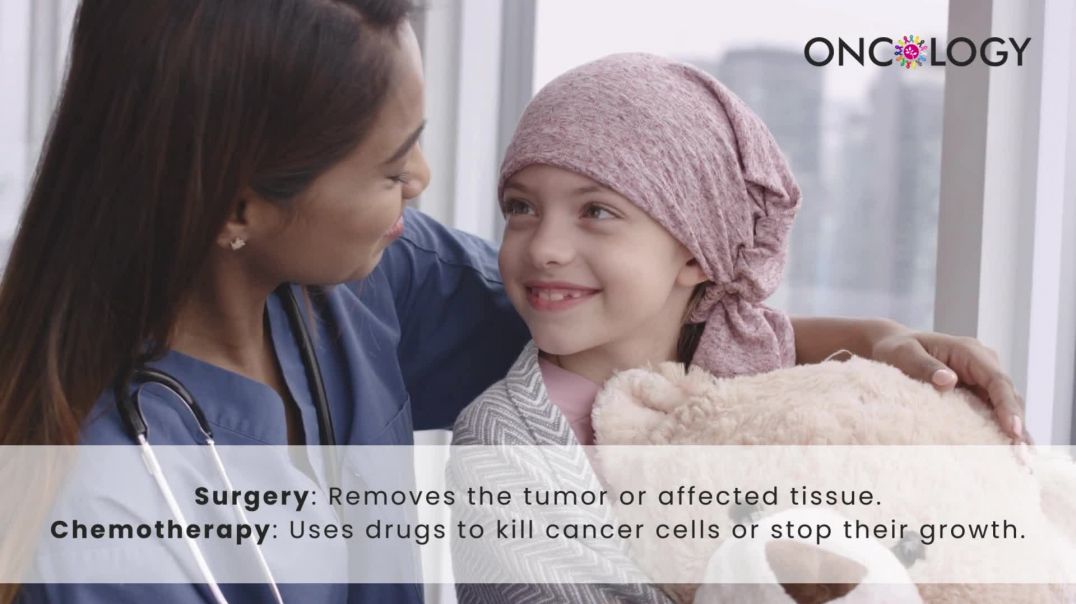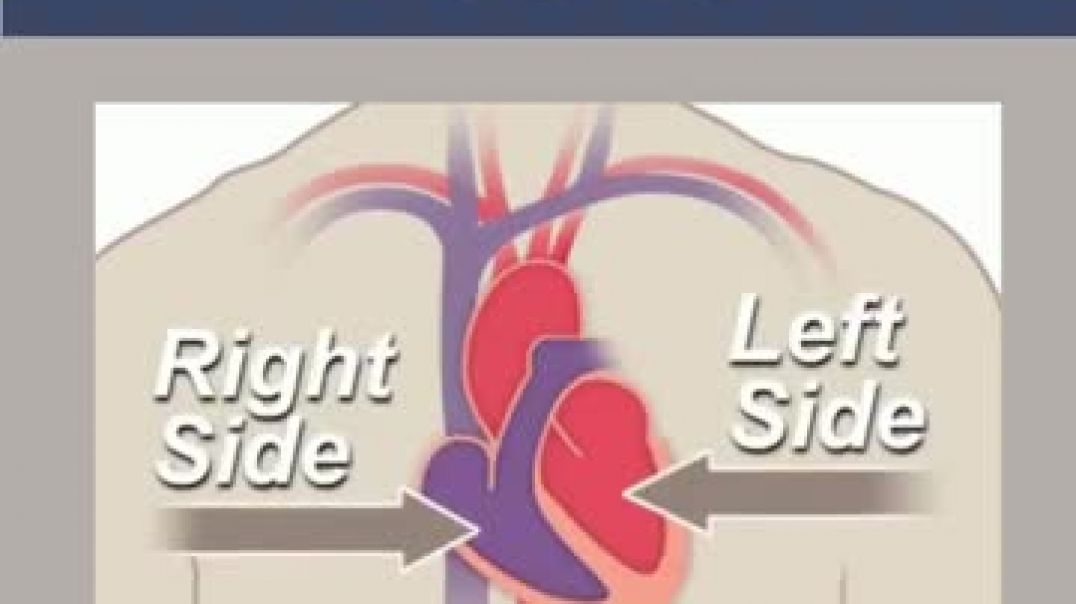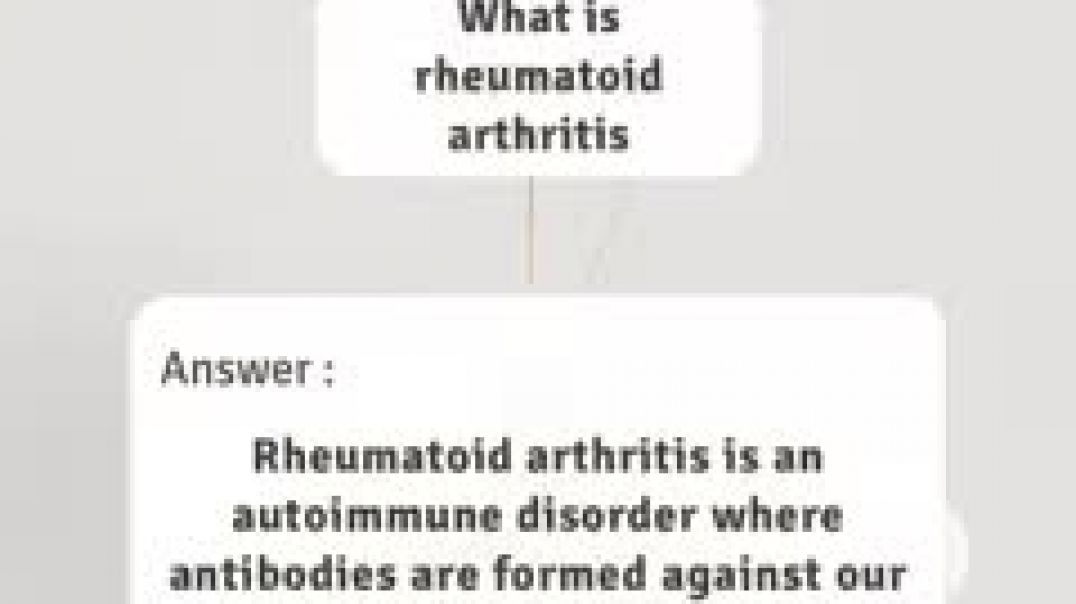Testicular Cancer : Symptoms and Treatment
𝐒𝐮𝐛𝐬𝐜𝐫𝐢𝐛𝐞 𝗙𝐨𝐫 𝗠𝐨𝐫𝐞 𝗜𝐧𝐟𝐨𝐫𝐦𝐚𝐭𝐢𝐨𝐧 𝐨𝐧 𝗛𝐞𝐚𝐥𝐭𝐡 👩⚕ 𝐚𝐧𝐝 𝗠𝐞𝐝𝐢𝐜𝐢𝐧𝐞💉🩺💊
𝐘𝐨𝐮𝐭𝐮𝐛𝐞 : https://www.youtube.com/@DrAishwaryaKelkar
📌𝗙𝗮𝗰𝗲𝗯𝗼𝗼𝗸 : https://www.facebook.com/draishwaryakelkar
📌𝗧𝘄𝗶𝘁𝘁𝗲𝗿: https://twitter.com/AishwayaDr
📌𝗜𝗻𝘀𝘁𝗮𝗴𝗿𝗮𝗺 : https://www.instagram.com/clinical.learning/
Testicular cancer is a cancer that originates in one or both testicles, or testes. Your testes are the male reproductive glands located inside your scrotum, which is the pouch of skin located underneath your penis. Your testes are responsible for producing sperm and the hormone testosterone.
Testicular cancer most often begins with changes in the germ cells. These are the cells in your testicles that produce sperm.
There are two main types of germ cell tumors:
Seminomas are testicular cancers that grow slowly. They’re usually confined to your testes, but your lymph nodes may also be involved.
Nonseminom as are the more common form of testicular cancer. This type is faster growing and may spread to other parts of your body.
Testicular cancer can also occur in the tissues that produce hormones. These tumors are called gonadal stromal tumors.
Testicular cancer is the most commonly diagnosed cancer in men ages 15 to 35, but it can occur at any age. It’s also one of the most treatable cancers, even if it’s spread to other areas.
Risk factors for testicular cancer:
-----------------------------------------------------
Risk factors that can increase your risk of developing testicular cancer include:
having a family history of the disease
having abnormal testicular development
being of Caucasian descent
having an undescended testicle, which is called cryptorchidism
Symptoms of testicular cancer:
-------------------------------------------------
Some men show no symptoms when diagnosed with testicular cancer. When symptoms do appear, they can include:
testicular pain or discomfort
testicular swelling
lower abdominal or back pain
enlargement of breast tissue
Make an appointment with your doctor if you have any of these symptoms.
Treating testicular cancer:
------------------------------------------
There are three general categories of treatments used for testicular cancer. Depending on the stage of your cancer, you may be treated with one or more options.
Surgery
Surgery is used to remove one or both of your testicles and some surrounding lymph nodes to both stage and treat cancer.
Radiation therapy
Radiation therapy uses high-energy rays to kill cancer cells. It may be administered externally or internally.
External radiation uses a machine that aims the radiation at the cancerous area. Internal radiation involves the use of radioactive seeds or wires placed into the affected area. This form is often successful in treating seminomas.
Chemotherapy
Chemotherapy uses medication to kill cancer cells. It’s a systemic treatment, which means it can kill cancer cells that have traveled to other parts of your body. When it’s taken orally or through the veins, it can travel through your bloodstream to kill cancer cells.
In very advanced cases of testicular cancer, high-dose chemotherapy may be followed by a stem cell transplant. Once the chemotherapy has destroyed the cancer cells, the stem cells are administered and develop into healthy blood cells.
---------------------------------------------------------------
How is testicular cancer diagnosed?
The tests your doctor may use to diagnose testicular cancer may include:
a physical exam, which can reveal any testicular abnormalities, such as lumps or swelling
an ultrasound to examine the internal structure of the testicles
blood tests called tumor marker tests, which may show elevated levels of substances related to testicular cancer, like alpha-fetoprotein or beta-human chorionic gonadotropin
If your doctor suspects cancer, your entire testicle may need to be removed to obtain a tissue sample. This can’t be done when your testicle is still in the scrotum because doing so can cause cancer to spread through the scrotum.
Once the diagnosis has been made, tests such as pelvic and abdominal CT scans will be done to see if the cancer has spread anywhere else. This is called staging.
The stages of testicular cancer are as follows:
Stage 1 is limited to the testicle.
Stage 2 has spread to lymph nodes in the abdomen.
Stage 3 has spread to other parts of the body. This type of cancer commonly spreads to the lungs, liver, brains, and bone.
The cancer is also categorized based on the expected response to treatment. The outlook can be good, intermediate, or poor.
Complications of testicular cancer:
-------------------------------------------------------
Though testicular cancer is a highly treatable cancer, it can still spread to other parts of your body. If one or both testicles are removed, your fertility may also be affected. Before treatment begins, ask your doctor about your options for preserving your fertility.
#testes #cancer #testicularcancer #testosterone #scrotum #tumors #germcelltumor
-
Category






















No comments found